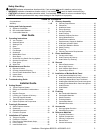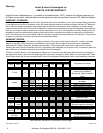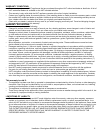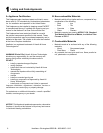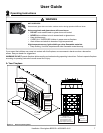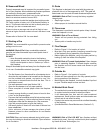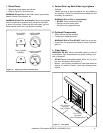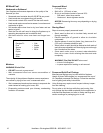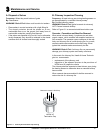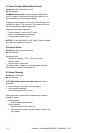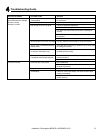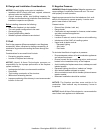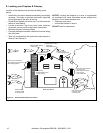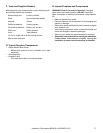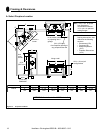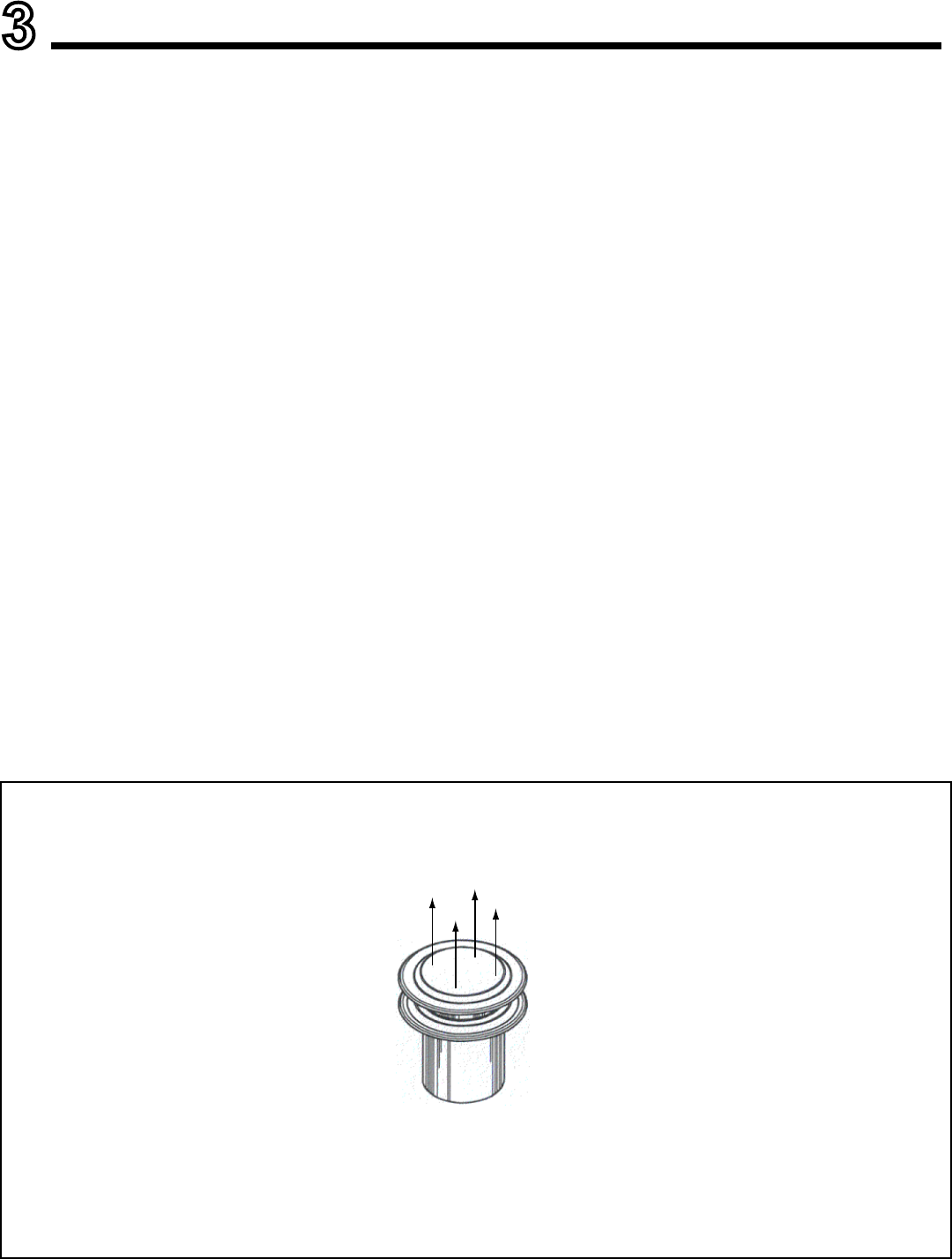
11
3
Maintainance and Service
A. Disposal of Ashes
Frequency: When they reach bottom of grate
By: Homeowner
B. Chimney Inspection/Cleaning
Frequency: At least twice a year during heating season or
as recommended by a certied chimney sweep
By: Certied chimney sweep
Figure 3.1 Chimney & Termination Cap Cleaning
WARNING! Risk of Fire! Ashes could contain hot embers.
• Place ashes in a metal container with a tight-tting lid.
• The closed container should be placed on a non-
combustible oor or on the ground, well away from all
combustible materials, pending nal disposal.
• If the ashes are disposed of by burial in soil or otherwise
locally dispersed, they should be retained in the closed
container until all cinders have thoroughly cooled.
WARNING! Risk of Fire! Ignited creosote is extremely
HOT. Prevent creosote buildup.
Refer to Figure 3.1 to remove/reinstall termination caps.
Creosote - Formation and Need for Removal
When wood is burned slowly, it produces tar and other
organic vapors, which combine with expelled moisture to
form creosote. The creosote vapors condense in the rela-
tively cool chimney ue of a slow-burning re. As a result,
creosote residue accumulates on the ue lining. When
ignited this creosote makes an extremely hot re.
WARNING! Risk of Fire! A chimney re can permanently
damage your chimney system and nearby structures.
In the event of a chimney re, Hearth & Home Technolo-
gies Inc. recommends
• replacement of the chimney, and
• inspection of the adjacent structure to the provisions of
NFPA Level III inspection criteria
The chimney shall be inspected at least twice a year during
the heating season to determine when a creosote buildup
has occurred.
When creosote has accumulated it shall be removed to
reduce the risk of a chimney re.
Heatilator • Birmingham BIR50-B • 4059-682C• 8/12
14DCA-VC
Termination Cap
Remove 4 screws & lift off top.



